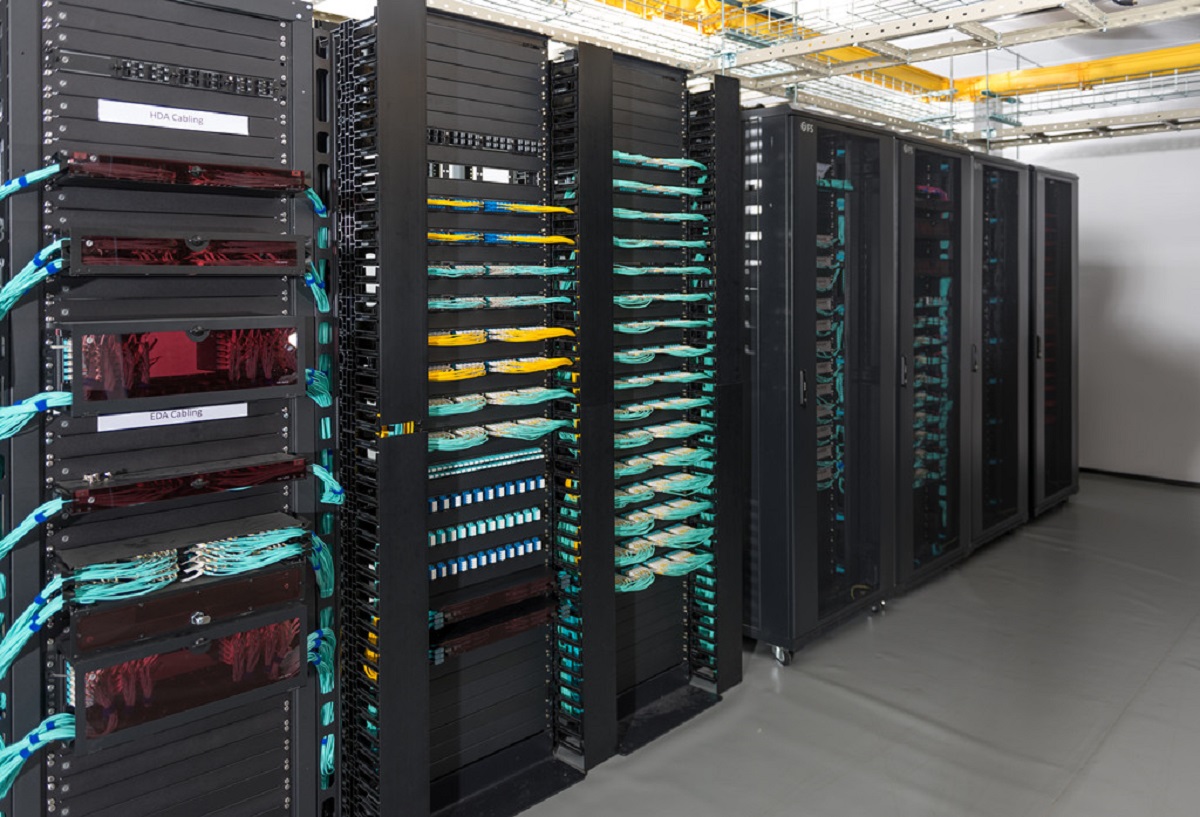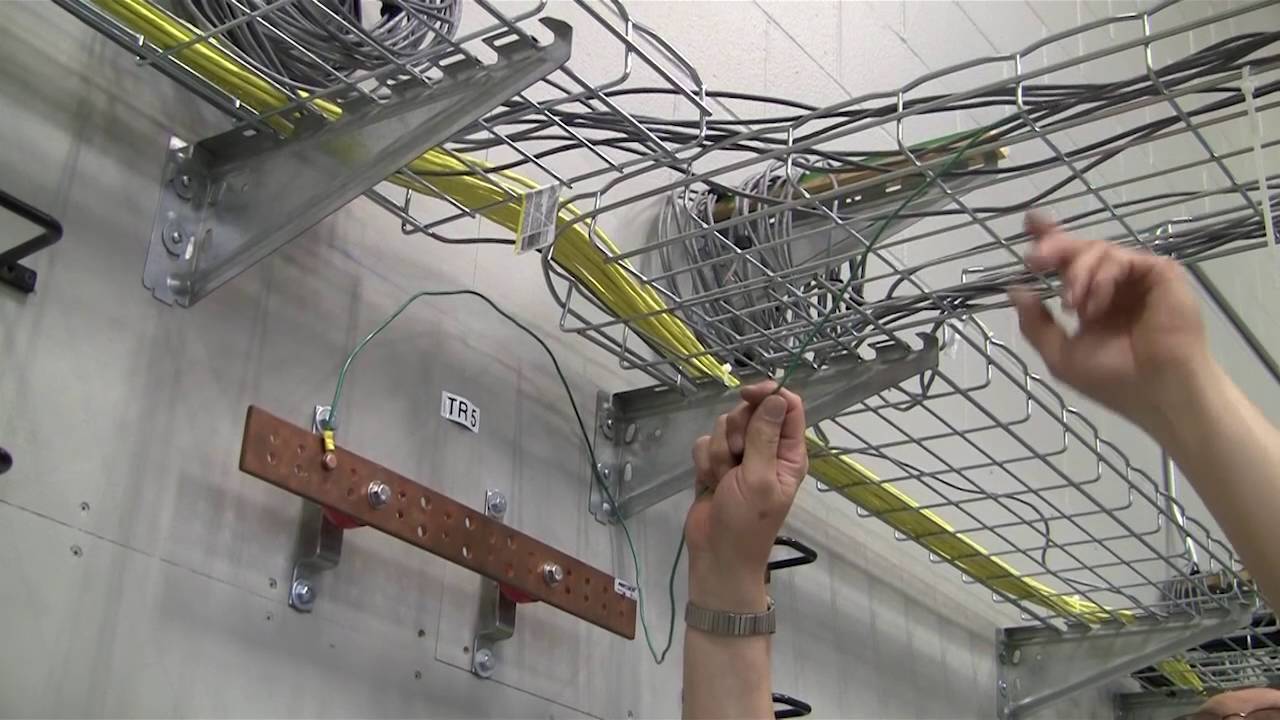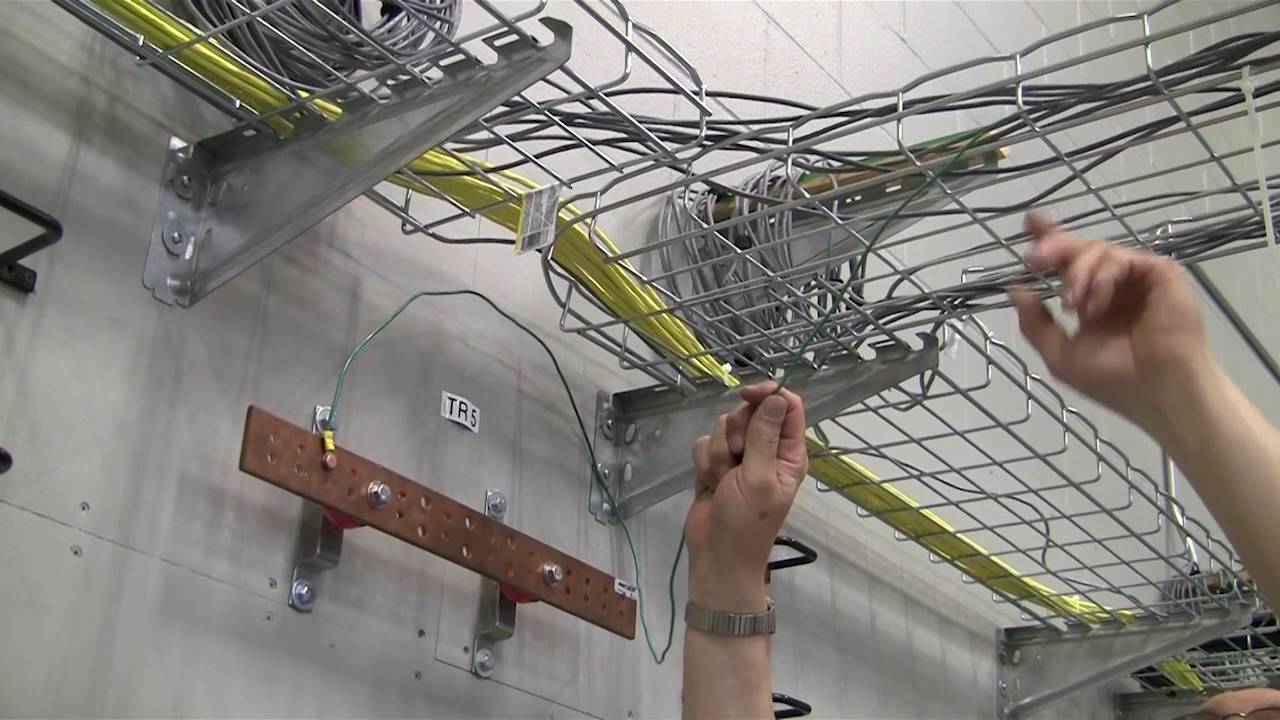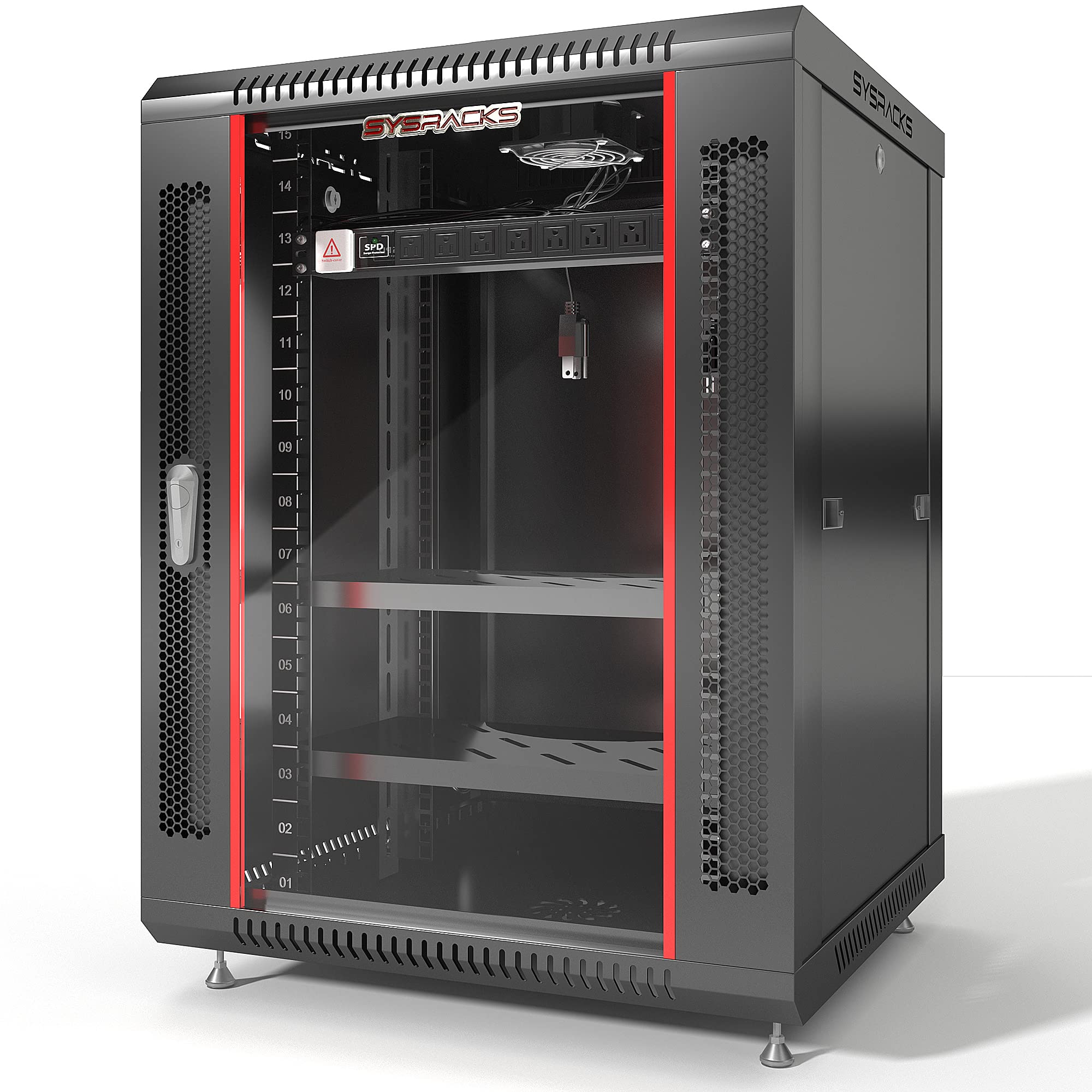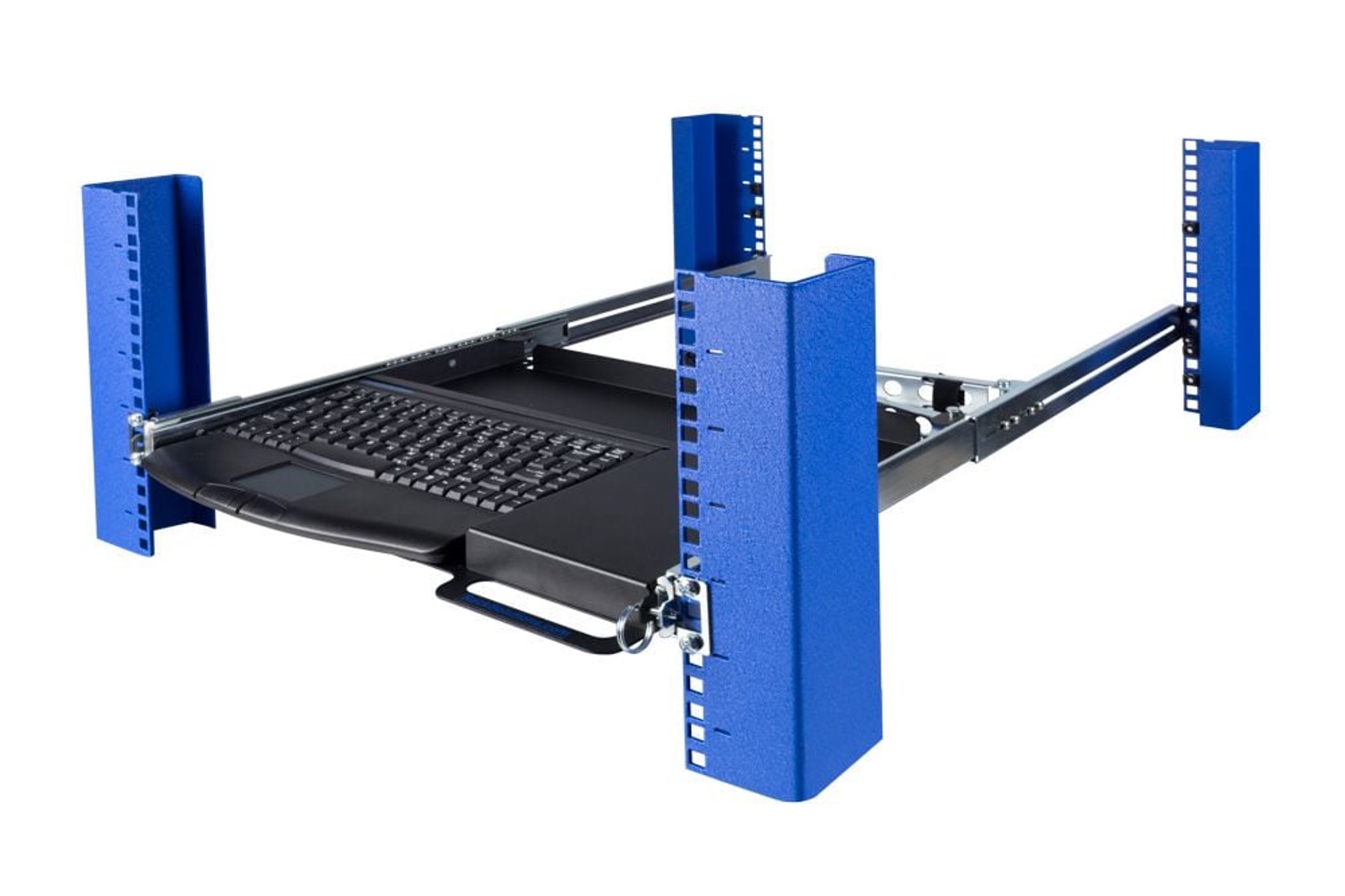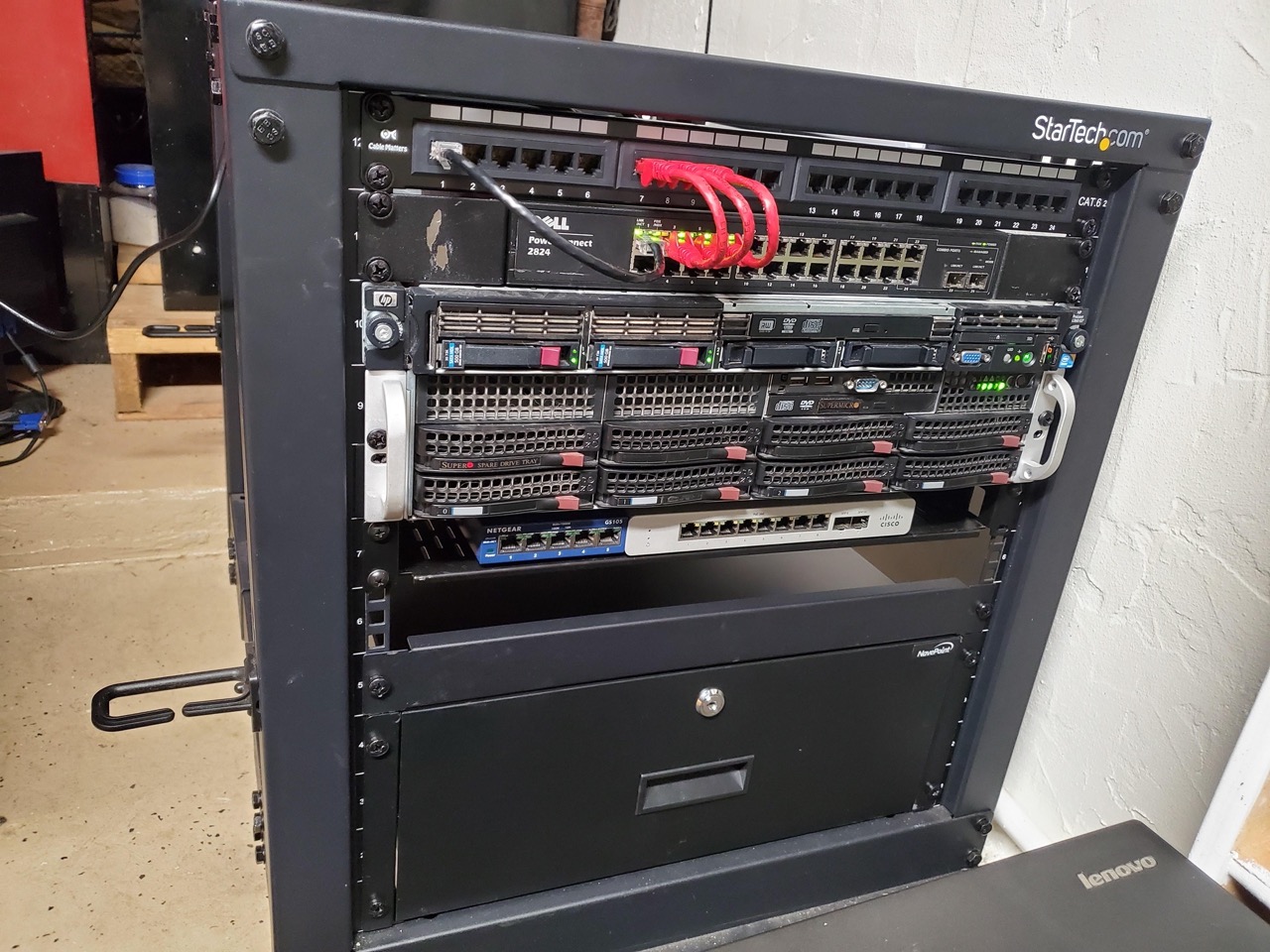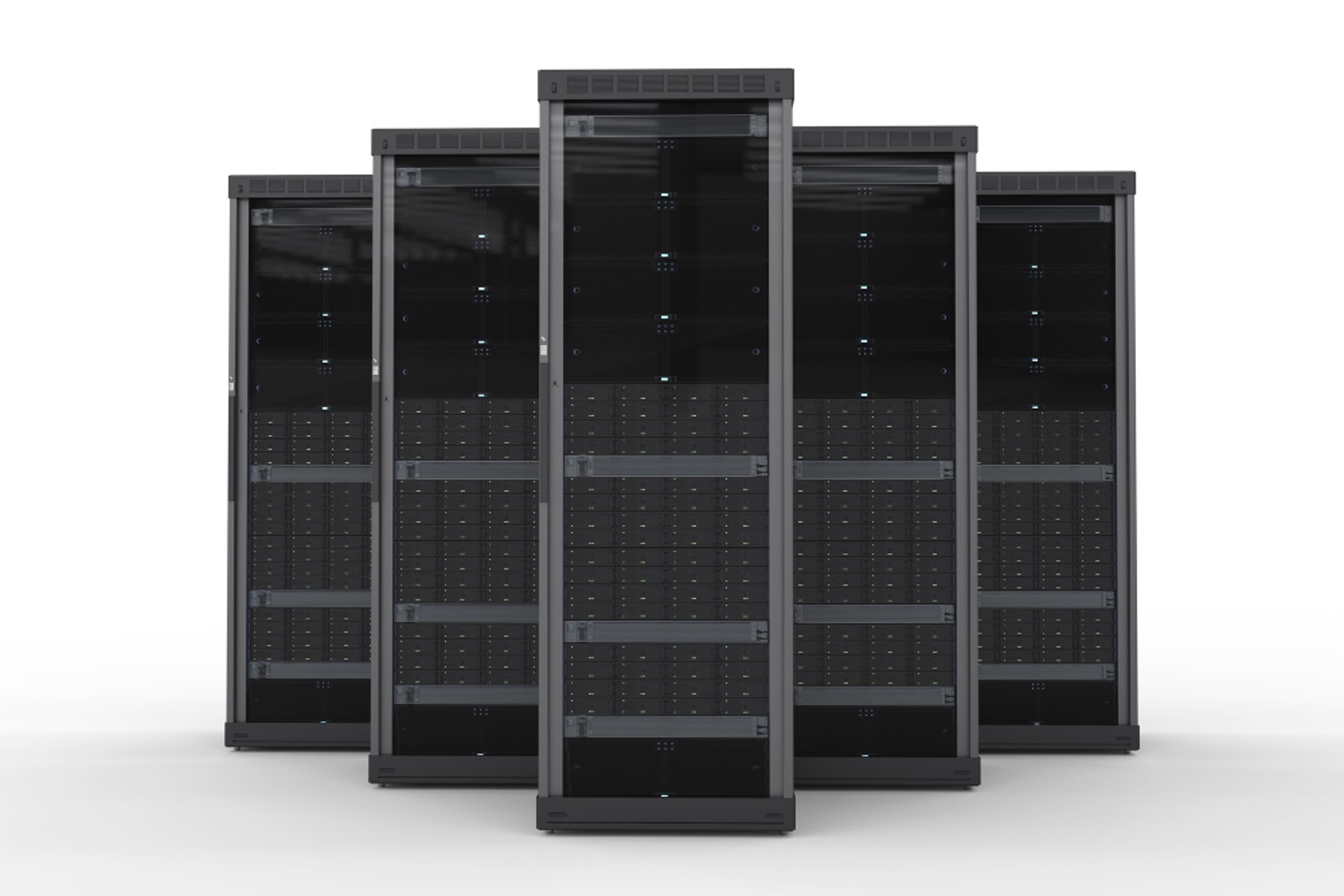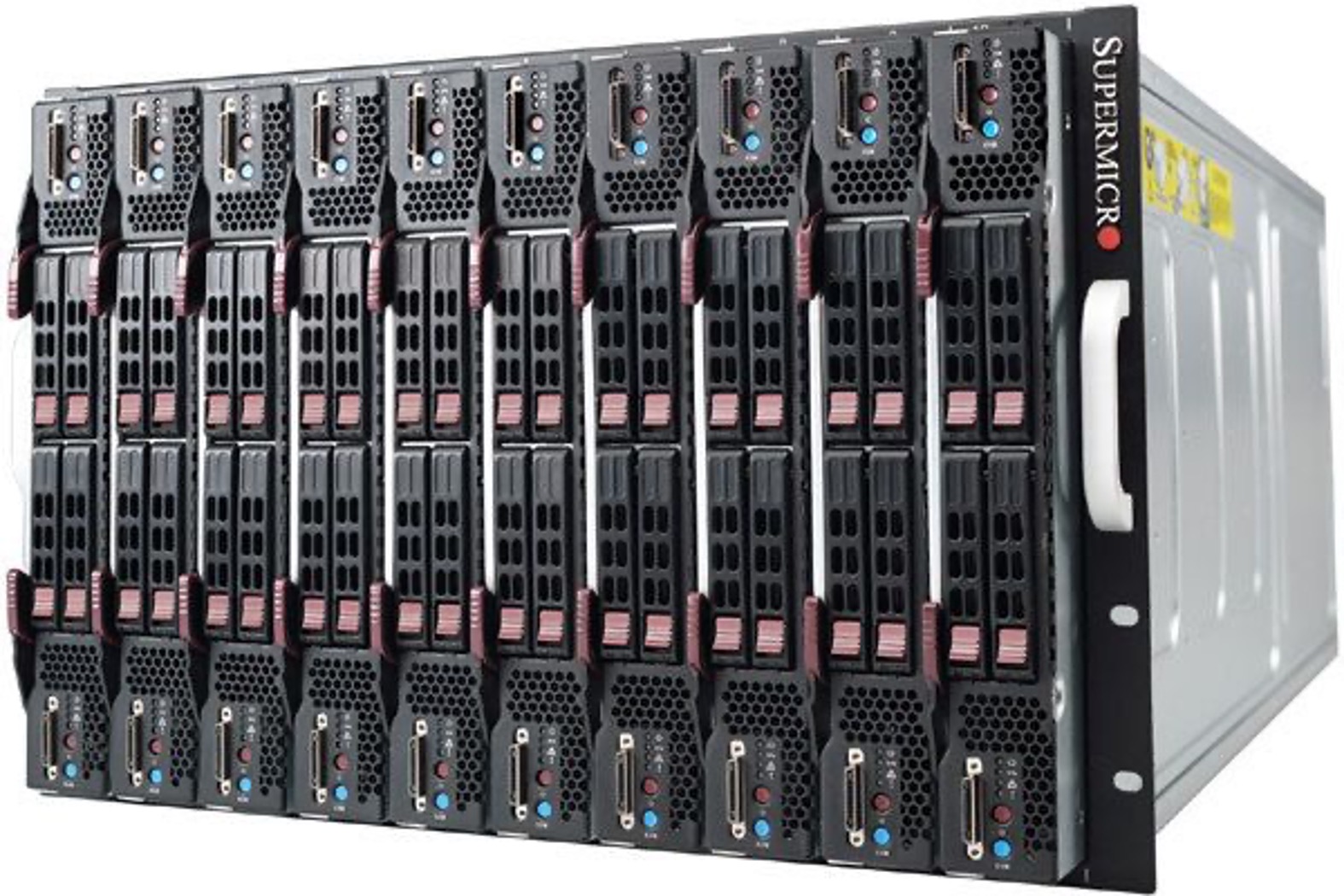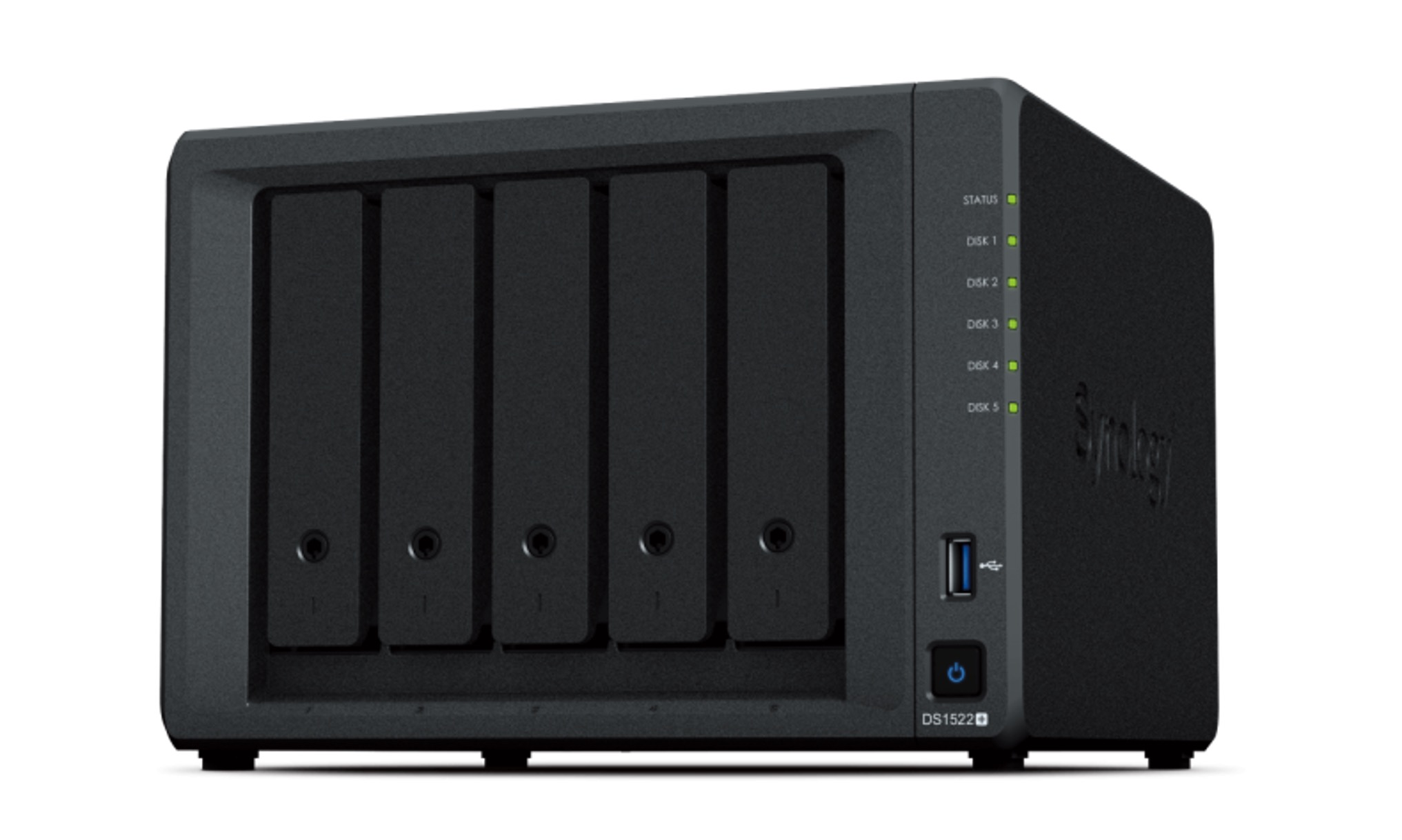Introduction
When setting up a server rack, one of the crucial aspects to consider is the selection of the appropriate wire gauge. The wire gauge plays a vital role in ensuring the smooth and efficient operation of your servers and networking equipment. Choosing the wrong wire gauge can lead to issues such as power loss, overheating, and even equipment failure.
In this article, we will explore the concept of wire gauge and its significance in server rack wiring. We will delve into the factors that you need to consider when selecting the right wire gauge for your server rack setup. Additionally, we will discuss common wire gauge sizes and their applications in server rack installations. By the end of this article, you will have a clear understanding of how to choose the suitable wire gauge for your server rack to ensure optimal performance and safety.
Before we dive into the specifics, it’s important to note that wire gauge refers to the thickness or diameter of a wire. The wire gauge is measured using a standardized system known as the American Wire Gauge (AWG). This system assigns a unique numerical value to each wire size, with smaller numbers representing thicker wires and larger numbers denoting thinner wires.
Now, let’s explore why choosing the right wire gauge is paramount when it comes to wiring a server rack.
Understanding Wire Gauge
Wire gauge is a standardized measurement system used to determine the thickness of a wire. It is denoted by a numerical value known as the American Wire Gauge (AWG). Understanding wire gauge is essential when it comes to selecting the right wire for a specific application, such as wiring a server rack.
The AWG scale ranges from 0000 (4/0) to 40, with 0000 being the thickest wire and 40 being the thinnest. As the wire gauge number increases, the wire diameter decreases. For example, a 10-gauge wire is thicker than a 16-gauge wire.
The thickness of the wire affects its electrical conductivity, capacity to handle current, and resistance to heat. Thicker wires have lower resistance and can carry more current without overheating. Thinner wires, on the other hand, have higher resistance and are suitable for low-power applications.
It’s worth noting that the wire gauge system is based on the concept of circular mils, which represents the area of a circle with a diameter of one mil (one-thousandth of an inch). For example, a 14-gauge wire has a circular mil area of approximately 41,740, while a 22-gauge wire has a circular mil area of around 16,510.
Understanding wire gauge is crucial because using the wrong gauge wire in a server rack can have serious consequences. If the wire is too thin for the amount of current running through it, it can overheat and potentially cause a fire. On the other hand, if the wire is too thick for the intended power load, it can be wasteful and unnecessarily increase costs.
Now that we have a basic understanding of wire gauge, let’s explore why choosing the correct wire gauge for a server rack is of utmost importance.
Importance of Choosing the Right Wire Gauge for Server Racks
The selection of the appropriate wire gauge for server racks is of paramount importance for several reasons. It directly impacts the performance, safety, and overall functionality of the server rack setup. Let’s delve into the significance of choosing the right wire gauge:
1. Efficient Power Delivery: The wire gauge determines the ability of the wire to carry electrical current without significant power loss. Using the correct wire gauge ensures efficient power delivery to the servers and networking equipment in the rack. Insufficient wire gauge can lead to voltage drops and power instability, negatively affecting the performance of critical components.
2. Preventing Overheating: Overheating is a common issue in server rack environments, primarily caused by inadequate wire gauge. When the wire gauge is too thin for the power load, the wire can become a bottleneck, causing excess resistance and generating excessive heat. Choosing the right wire gauge helps prevent overheating, safeguarding the equipment and increasing its lifespan.
3. Safety and Compliance: Server racks house valuable and often sensitive equipment. Using the correct wire gauge ensures safety and compliance with electrical codes and regulations. It reduces the risk of electrical fires, short circuits, and other hazards associated with improper wiring, protecting both the equipment and personnel.
4. Scalability and Future Expansion: Selecting the appropriate wire gauge enables scalability and accommodates future expansion. By using a wire gauge with a higher capacity than the current power requirements, you allow room for growth and avoid the need for rewiring when adding more servers or equipment to the rack.
5. Cost Efficiency: Choosing the right wire gauge for server racks can also lead to cost savings in the long run. By using the proper wire gauge, you optimize power delivery, minimize energy loss, and reduce the need for additional cooling systems. This translates to lower energy bills and overall operational costs.
By understanding the importance of selecting the correct wire gauge for server racks, you can ensure an efficient, secure, and reliable infrastructure for your IT operations.
Factors to Consider When Choosing Wire Gauge for Server Racks
Several factors come into play when selecting the appropriate wire gauge for server racks. To ensure optimal performance and safety, consider the following factors:
1. Power Load: Determine the maximum power load expected in the server rack. This includes the total wattage of the servers, switches, power distribution units (PDUs), and any other equipment connected to the rack. The wire gauge should be able to handle the expected current without exceeding its maximum capacity.
2. Distance: Consider the length of the wire runs within the server rack. Longer wire runs introduce more resistance, which can result in voltage drops. To compensate for this, you may need to choose a slightly thicker wire gauge to ensure adequate power delivery at the farthest points of the rack.
3. Voltage: Take into account the voltage level that your server rack operates on. Different wire gauges have different voltage ratings. Make sure to choose a wire gauge that is suitable for your specific voltage requirements to prevent safety hazards and potential electrical issues.
4. Ambient Temperature: Assess the ambient temperature of the server room or data center where the rack is located. High temperatures, coupled with heavy power loads, can increase the risk of overheating. In such cases, it may be necessary to choose a thicker wire gauge to mitigate the impact of temperature on the wire’s performance.
5. Code Compliance: Familiarize yourself with local electrical codes and regulations. Ensure that the wire gauge you select adheres to these guidelines to maintain compliance and prevent any potential legal issues. Electrical codes often specify the minimum wire gauge required for specific power loads and applications.
6. Equipment Specifications: Consider the specific requirements of the servers and networking equipment in the rack. Some equipment may have unique power requirements or recommendations regarding wire gauge. Consult the manufacturer’s specifications or guidance to ensure compatibility and optimal performance.
7. Future Expansion: Anticipate any future expansion plans for the server rack. If you expect to add more equipment or increase the power load in the future, it is advisable to select a slightly thicker wire gauge to accommodate these changes without the need for reconfiguration or rewiring.
By carefully considering these factors, you can select the appropriate wire gauge for your server rack that ensures reliable power delivery, minimizes risks, and supports future scalability.
Common Wire Gauge Sizes and Their Applications
Wire gauge sizes vary, and each size has its own specific application based on the power load and electrical requirements. The following are some common wire gauge sizes and their typical applications:
1. 12 AWG: This wire gauge is commonly used for server racks that require a moderate amount of power. It can handle a maximum current of around 20 amps and is suitable for powering servers, switches, and other networking equipment.
2. 10 AWG: A thicker wire gauge, 10 AWG, is ideal for high-power server rack setups that demand a maximum current of up to 30 amps. It is suited for heavy-duty equipment, power-hungry servers, and devices that require a significant amount of power.
3. 8 AWG: 8 AWG wire gauge is even thicker and capable of handling up to 40 amps of current. It is typically used in server racks with large power-hungry devices or a significant number of servers and networking equipment.
4. 6 AWG: This wire gauge is utilized for server racks with extremely high power demands. Capable of carrying up to 55 amps of current, 6 AWG is suitable for large-scale data centers, where power-intensive servers and equipment are deployed.
5. 16 AWG: While not as thick as the previous gauges, 16 AWG is commonly used for low-power applications, such as connecting server rack fans, LED lights, or smaller networking devices that do not require a substantial amount of power.
6. 18 AWG: Another thinner wire gauge, 18 AWG, is utilized for low-voltage applications within the server rack. It is commonly used for connecting lower-powered devices, sensors, or control systems.
Remember that these are just general guidelines, and the actual wire gauge required for a specific server rack installation may vary based on your unique setup and power requirements. Always consult the manufacturer’s recommendations and local electrical codes to ensure compliance and safety.
Tips for Selecting the Appropriate Wire Gauge for Server Racks
Choosing the right wire gauge for your server racks can be a critical decision that impacts the performance and safety of your equipment. Consider the following tips to help you select the appropriate wire gauge:
1. Calculate Power Requirements: Determine the maximum power load of your server rack setup, including servers, switches, PDUs, and other devices. Calculate the total wattage and amperage to identify the appropriate wire gauge that can handle the power demand without overheating or power loss.
2. Consider Future Expansion: Anticipate any possible future expansion plans for your server rack. If you expect to add more equipment or increase the power load in the future, choose a slightly thicker wire gauge that can accommodate these changes without the need for rewiring.
3. Consult Manufacturer Guidelines: Refer to the manufacturer’s specifications and guidelines for your servers and networking equipment. Some manufacturers provide recommendations for the appropriate wire gauge based on their device’s power requirements. Adhering to these guidelines ensures compatibility and optimal performance.
4. Evaluate Distance and Voltage Drop: Take into account the length of wire runs within the server rack and calculate the potential voltage drop. Longer wire runs introduce more resistance, which can result in voltage drops. Choose a wire gauge that compensates for the distance and minimizes voltage drop to maintain consistent power delivery.
5. Be Aware of Ambient Temperature: Consider the ambient temperature of the server room or data center. Higher temperatures can impact the performance of the wire. If your environment tends to be hotter, select a slightly thicker wire gauge to compensate for the temperature and prevent overheating.
6. Follow Electrical Codes: Familiarize yourself with local electrical codes and regulations. These codes often specify the minimum wire gauge required for specific power loads and applications. Ensure that your wire gauge selection complies with these codes to maintain safety and avoid potential legal issues.
7. Seek Professional Advice: If you are uncertain or have complex power requirements, consult with a professional electrician or data center specialist. They can assess your specific needs and provide expert guidance on selecting the appropriate wire gauge for your server rack setup.
By following these tips, you can make an informed decision when choosing the right wire gauge for your server racks. It ensures efficient power delivery, mitigates risks, and promotes the longevity and reliability of your equipment.
Conclusion
Choosing the correct wire gauge for wiring a server rack is a crucial step in ensuring optimal performance, safety, and reliability. The wire gauge directly impacts power delivery, prevents overheating, and promotes efficient operation of the rack equipment.
Understanding the concept of wire gauge and considering important factors such as power load, distance, voltage, ambient temperature, code compliance, and future expansion helps in making an informed decision. By carefully evaluating these factors, you can select the appropriate wire gauge that aligns with your specific server rack requirements.
Moreover, being aware of the common wire gauge sizes and their applications gives you a better understanding of the options available for different power loads and equipment needs. Remember to consult manufacturer guidelines and local electrical codes to ensure compliance and safety throughout the installation process.
Lastly, following the tips for selecting the appropriate wire gauge, including calculating power requirements, considering future expansion, consulting manufacturer guidelines, evaluating distance and voltage drop, being aware of ambient temperature, and seeking professional advice, can assist you in making the right choice.
By considering these factors and adhering to best practices, you can ensure an efficient, reliable, and safe wiring setup for your server racks, effectively supporting your IT operations and preventing potential issues.







